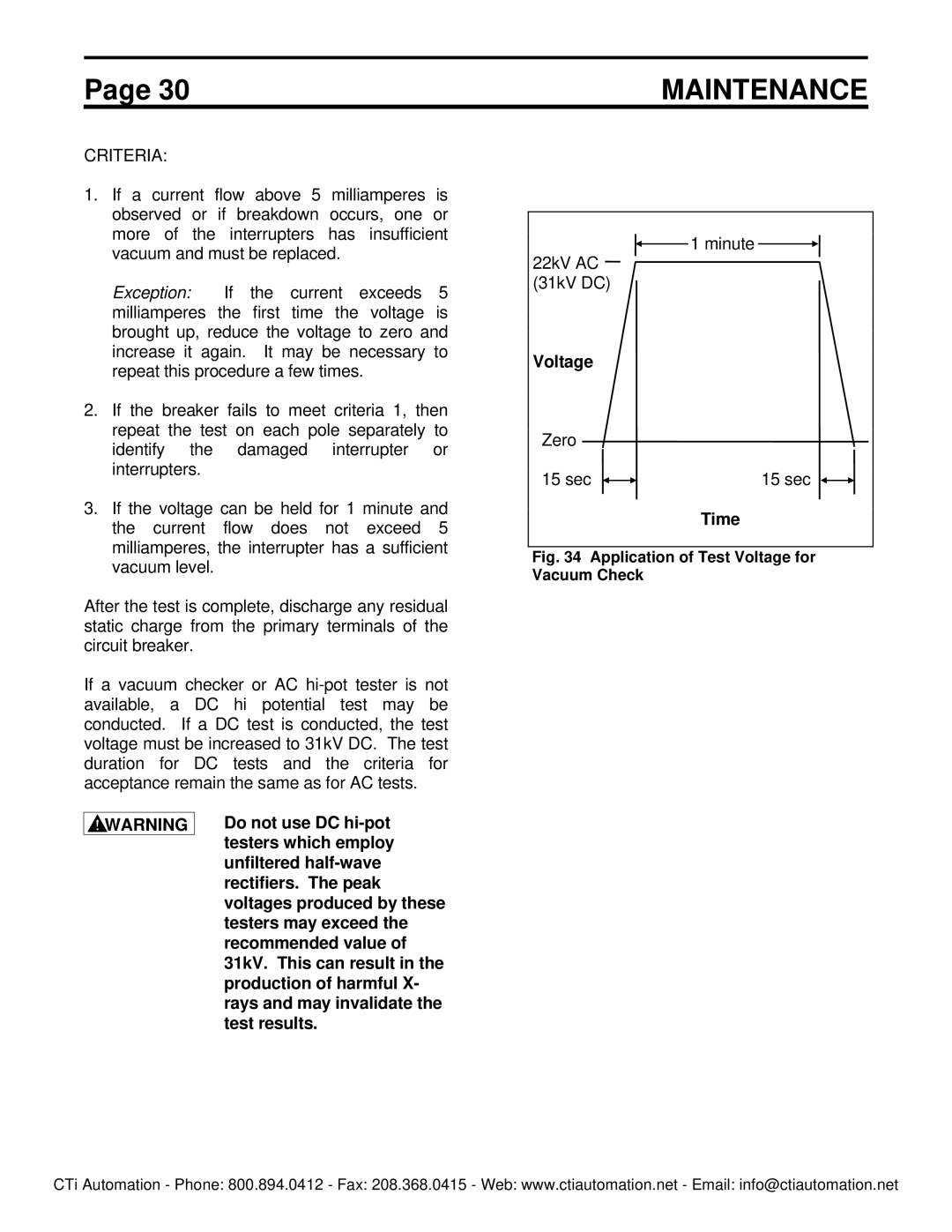HV6FS-MLD specifications
The Toshiba HV6FS-MLD is a high-performance semiconductor designed for various applications such as inverters, power supplies, and automotive systems. This device is particularly noted for its efficiency and reliability in managing high voltage levels, making it an essential component in modern electronic systems.One of the standout features of the HV6FS-MLD is its superior power handling capacity. Designed to accommodate high voltage operations, this device ensures minimal energy loss during the conversion and regulation processes. The incorporation of advanced materials contributes to its ability to withstand high temperatures without compromising performance, making it suitable for harsh environments.
Another key technology integrated into the HV6FS-MLD is Toshiba’s Isolated Gate Drive technology. This technology enhances the safety and stability of the device by preventing unwanted current flow, which is particularly crucial in high-voltage applications. The isolated gate drive also allows for better control and reliability when interfacing with different circuit topologies.
The HV6FS-MLD is characterized by its compact design, which enables it to fit into space-constrained environments without sacrificing power capabilities. This compactness does not impair its performance; rather, it ensures that devices are not only efficient but also adaptable to various designs. Furthermore, the device is equipped with integrated protection features, including over-voltage protection and thermal shutdown mechanisms, which safeguard both the HV6FS-MLD itself and the larger system in which it operates.
Moreover, the HV6FS-MLD supports a wide operating temperature range, making it versatile for applications ranging from consumer electronics to industrial systems. This adaptability is crucial as manufacturers increasingly demand components that can perform reliably across varying conditions.
Toshiba's commitment to quality and innovation is reflected in the HV6FS-MLD’s robust performance and longevity. The component’s reliability is further enhanced by rigorous testing protocols that ensure it meets stringent industry standards. As electronic systems continue to evolve, the HV6FS-MLD stands out as a dependable solution for powering the next generation of devices.
In conclusion, the Toshiba HV6FS-MLD is an advanced semiconductor solution that embodies efficiency, reliability, and versatility, making it an invaluable asset in the design and implementation of modern electronic systems.

